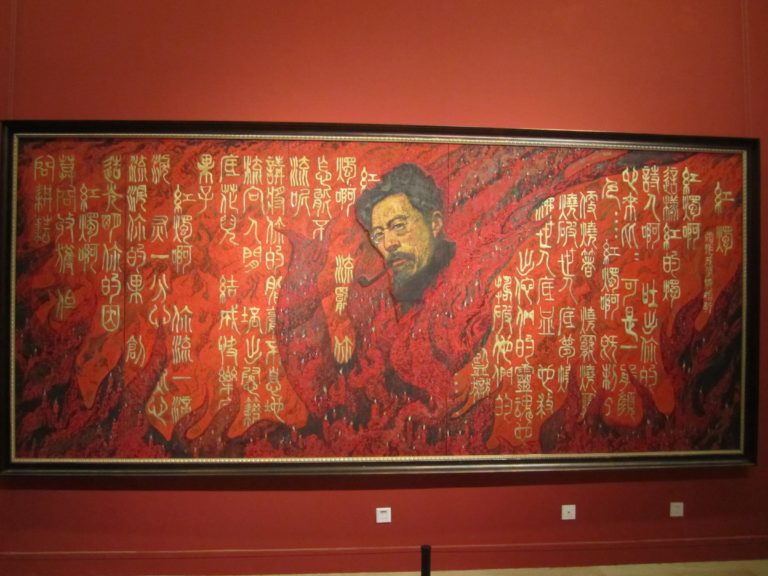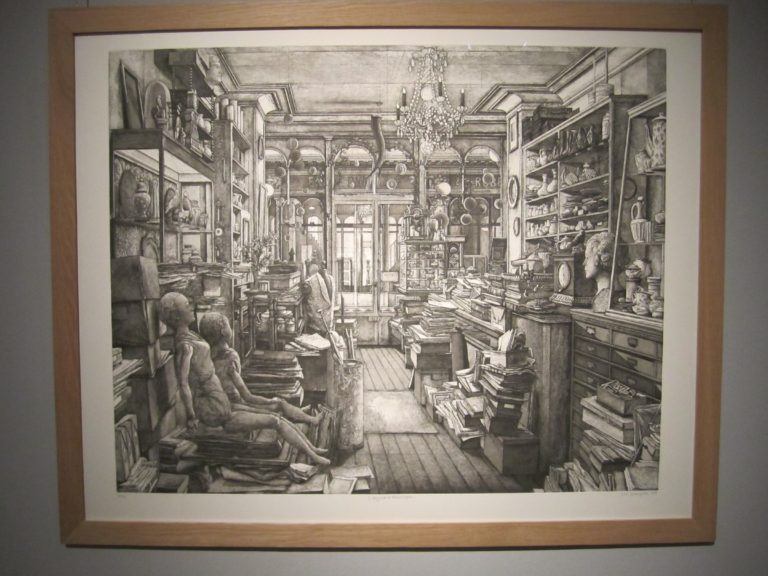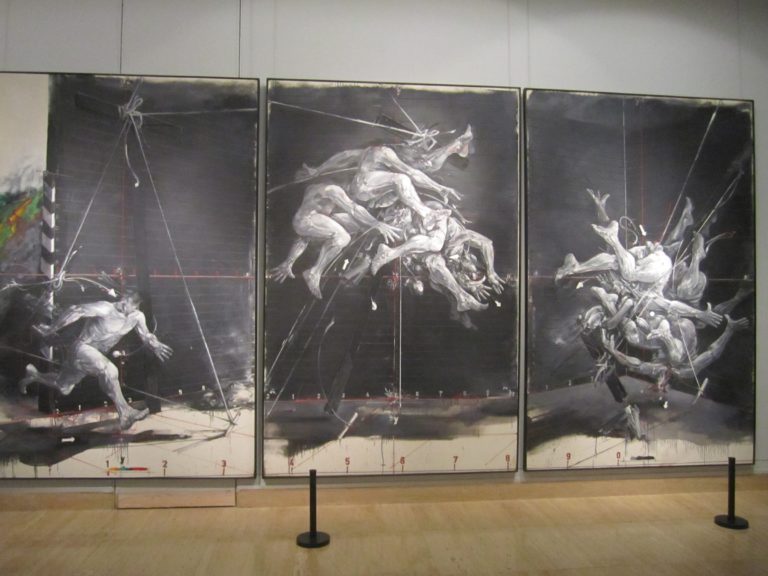Given all the attention recently being paid to the release of Americans for the Arts’ Statement on Cultural Equity, I thought it would be a good time to call attention to the draft of a Code of Conduct for Non-Equity Theatre being developed by a pilot project group in Chicago.
The Code of Conduct seeks to set guidelines for the sexual content/nudity, physical safety, violence and use of cultural representation in non-union performances. Essentially, the creators want artists to be fully informed about any of these issues from the time the audition notices go up through to rehearsals and performances.
There are also some general “be decent to the artists” guidelines like:
[at auditions] Actors will be made aware of people present that are not the casting authority.
[…]
You will not be asked to audition more than 3 times for this production;
You will not be kept at any audition more than 3 hours; or past 11pm;
You will not be asked to disrobe, or perform any intimate contact or violence as a part of your audition;
Even without sexual content and violence, the interminable, anxiety-inducing audition environment has long been a source of complaints by performers. One element of the code that appears frequently is that the performer has the right to refuse to audition or refuse a casting offer without fear of future reprisals.
The code doesn’t just stipulate that you need to tell people that the roles they are auditioning for will include sexual content, staged violence or place them in physically precarious situations, it also insists that a clear plan about how these things will be handled be communicated and provides guidelines about how to address them. (i.e. at what point in the rehearsal process is full nudity implemented and how the environment should be managed.)
Cultural appropriation and stereotypes in performance has been a frequent topic of discussion and the code includes that as well.
“…actors have the right to make inquiries about how the producer plans to use their cultural personhood…
…participants have the right to speak up if…
Costume pieces that can be reasonably understood as culturally demeaning are not disclosed at audition/casting.
Staging (culturally based violence or abuse not disclosed at the time of auditions/casting)
Accents to underscore a cultural presentation not disclosed…
Make up that can be reasonably described as “blackface” or “brown face” not disclosed…
Some elements of the code are attempts to create some parity with union situations. For example, appointing a Non-Equity Deputy as an extra set of eyes too make sure the physical, social and emotional elements of the production are being handled appropriately. Included in this is addressing an environment of harassment or intimidation, be it based on sexual, gender, racial or ethnic identity; age, ability, citizenship, etc.
Again, one of the frequently mentioned aspects of the code is a clearly defined complaint path for any issue that may arise.
Reading the Code of Conduct a number of thoughts struck me. First, there is fair bit in the document that has long been part of the rules Actors’ Equity union contracts. The code is essentially asking that all performers enjoy the same basic level of consideration that union actors have received.
At the same time, there are decades old unaddressed issues here that have long bedeviled the arts community regardless of union affiliation. These are problems that everyone has talked and complained about, but nothing has been done to rectify.
Of late, many of these complaints have been addressed by action thanks to the conversation being picked up by larger constituencies. In this I see some hope that even if this specific code of conduct is not adopted, practices may change to achieve the ends the authors seek.
As they note on the project homepage, they seek to engender a cultural shift, not construct a legal document.














There is another way. The Gewandhaus Leipzig in Germany (concert venue) offers flex- tickets for a small premium. Not an…